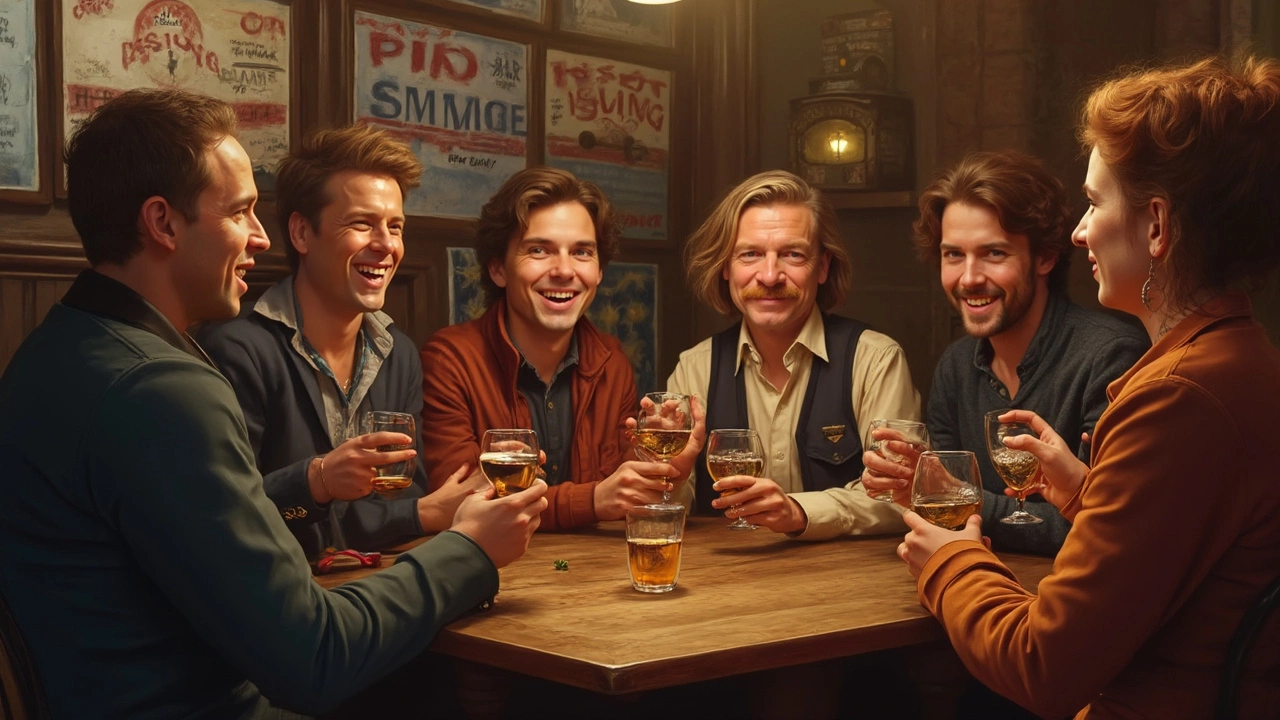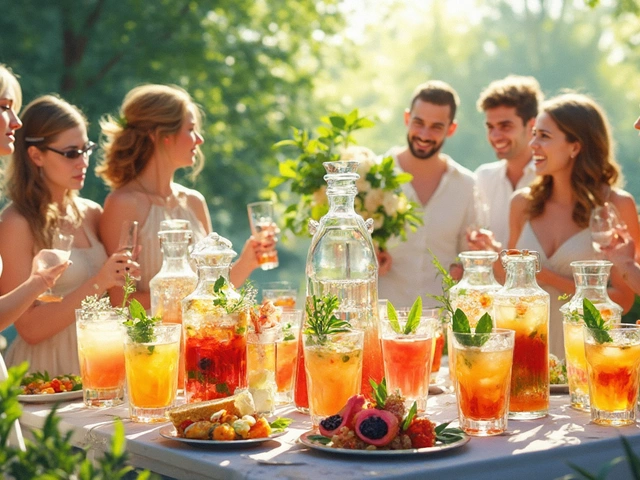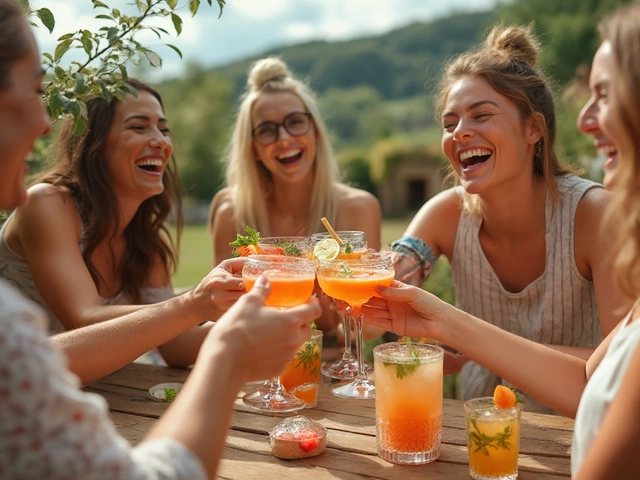Spirits Tastings – Your Quick Guide to Sipping Like a Pro
Ever walked into a tasting room and felt lost? You’re not alone. Whether it’s whisky, vodka or an obscure old spirit, the right approach can turn a confusing swirl into pure enjoyment. Below you’ll find easy steps to taste any spirit, plus a short history and food pairing ideas that will make your next session unforgettable.
How to Taste Spirits the Right Way
First, grab a clean, wide‑rim glass. A tulip or a Glencairn works best because it concentrates aromas. Hold the glass by the base, not the bowl, so your hand doesn’t heat the liquid.
Next, look at the colour. Darker shades often mean more age or a richer cask influence. Swirl gently, then bring the glass to your nose. Take a light sniff, pause, then inhale deeper. Try to pick out sweet, spicy, fruity or smoky notes – you’ll be surprised how many flavors you can catch.
Now for the sip. Let the spirit sit on your tongue for a few seconds before you swallow. Notice the texture – is it silky, oily or a bit sharp? As it goes down, watch for any lingering finish. A long, pleasing finish usually signals quality.
Finally, write down what you noticed. A quick note of “vanilla, oak, pepper” will help you remember the experience and compare different bottles later.
A Bit of History and Pairing Ideas
Spirits have been around for centuries. The oldest distilled drinks trace back to ancient Mesopotamia, where people first learned to turn fermented grain into a stronger spirit. Over time, regions added their own twists – Scotland refined whisky, Russia perfected vodka, and the Caribbean created rum.
When you know a bit of the background, tasting becomes more interesting. For example, a single‑malt Scotch aged in sherry casks will often have dried‑fruit notes that pair nicely with dark chocolate or blue cheese. A clean, neutral vodka works great with citrus‑based appetizers like smoked salmon on a rye cracker.
If you’re tasting whisky, try a few bites of smoked cheddar or a handful of almonds before the pour. For vodka, cucumber slices or a tiny piece of pickled beet add a refreshing contrast. These small foods reset your palate and let the spirit shine.Remember, the goal isn’t to impress anyone but to enjoy the flavors yourself. Keep the environment relaxed – soft lighting, a quiet corner, and no rush. A good tasting session can be as short as ten minutes or stretch into an hour if you’re exploring several bottles.
Now that you have a simple framework, grab a spirit you’ve been curious about and put these steps to the test. You’ll quickly see how a little attention to sight, smell, taste and food pairing can turn an ordinary sip into a memorable experience.
Drinking spirits sparks a lot of debate about health and wellness. This article breaks down what actually happens to your body when you enjoy whiskey, vodka, rum, or gin. You'll find out why the type of alcohol doesn't matter as much as how much you drink. Learn the difference between casual sipping and heavy drinking, plus useful tips for safe tastings and minimizing risk. No scare tactics—just real talk and practical advice so you can enjoy spirits with confidence.
View Details

